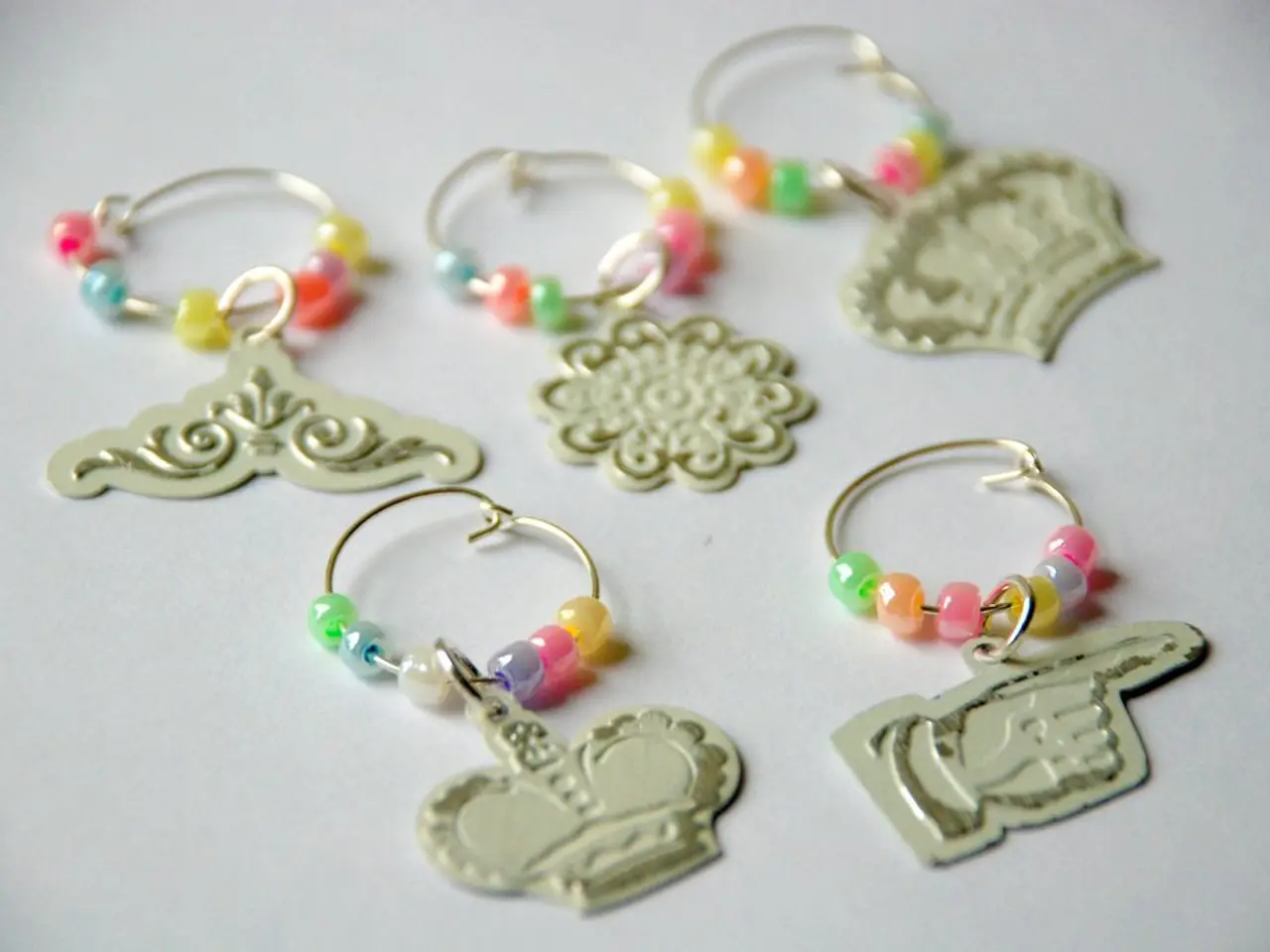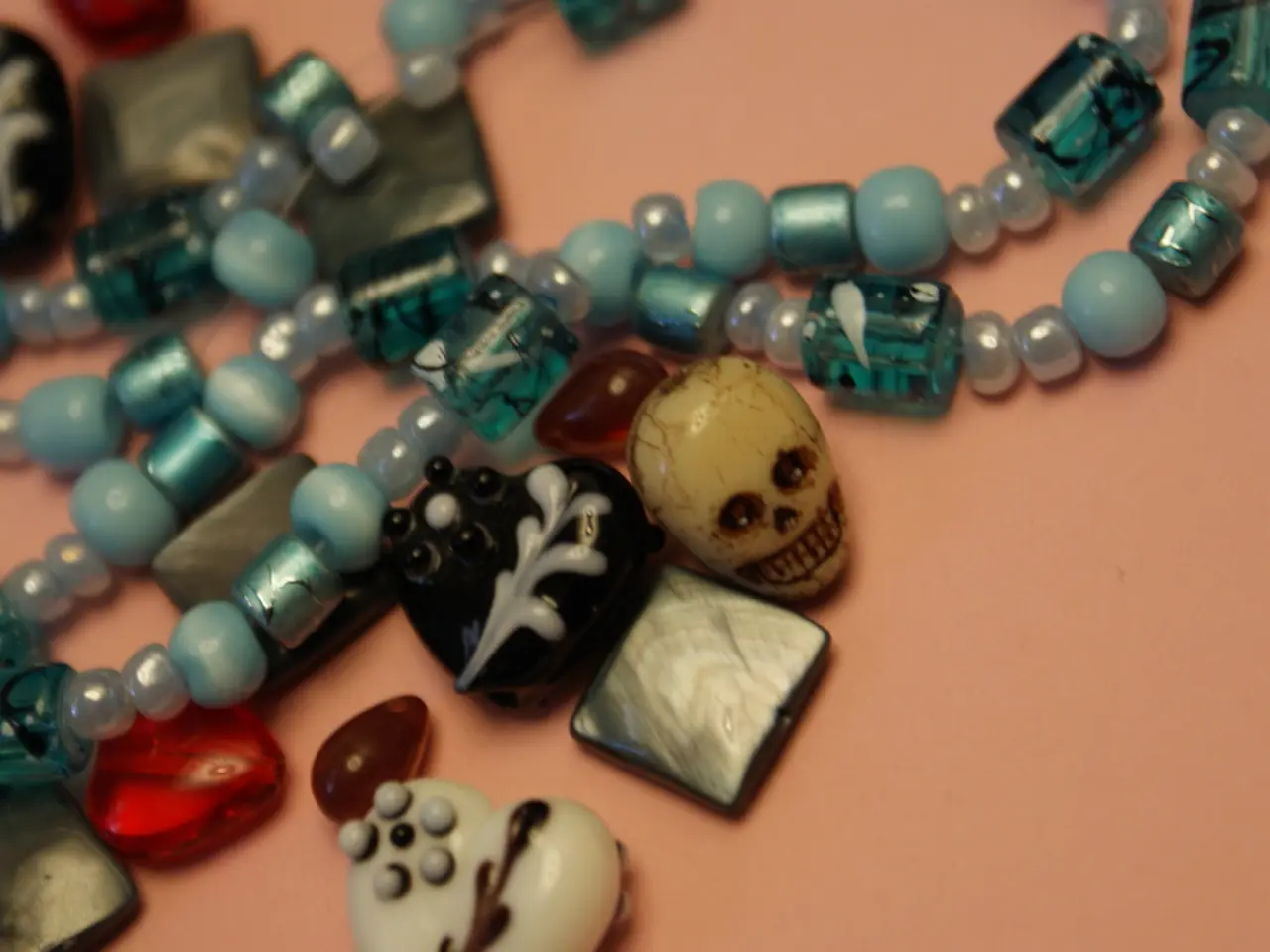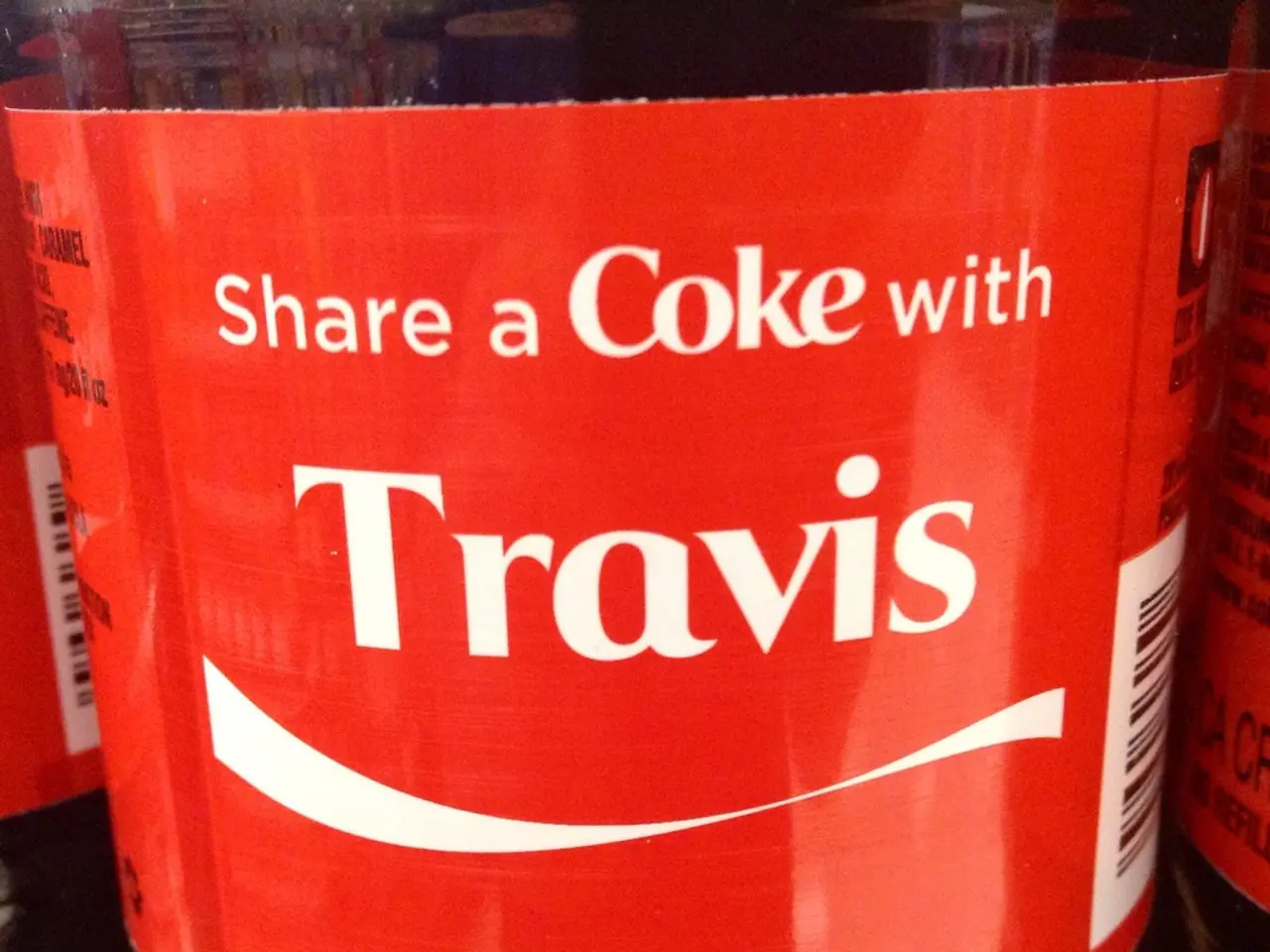Differentiating Between Piercing Bump and Keloid Scars: Identifying Key Distinctions
Understanding Hypertrophic Piercing Bumps and Keloid Scars
Piercings can sometimes lead to the development of bumps on the skin, and it's important to understand the difference between hypertrophic piercing bumps and keloid scars.
Hypertrophic Piercing Bumps
Hypertrophic piercing bumps, also known as hypertrophic scars, are small, localized raised bumps that appear near the piercing site. These bumps form due to excessive collagen production during healing, often triggered by irritation or trauma at the piercing site. They are typically red or pinkish, may be firmer or harder to touch, and can sometimes involve discharge due to irritation or infection. With proper care, these bumps usually resolve over time, but they can last up to 12 to 24 months.
Keloid Scars
Keloid scars, on the other hand, are larger masses that grow beyond the original wound margin. They are benign, excessive overgrowths of collagen and granulation tissue that extend beyond the original injury site to surrounding skin. Keloids are often accompanied by itching, pain, swelling, and tenderness, and they can take 3 to 12 months to develop after the original injury.
The main differences between hypertrophic piercing bumps and keloid scars lie in their formation, location, size, and color. Hypertrophic scars are confined to the area immediately adjacent to the piercing hole, while keloids extend beyond the original injury site. Hypertrophic scars are smaller, localized raised bumps near the piercing site, while keloids are larger masses that grow beyond the wound margin. Hypertrophic scars are typically red or pinkish, while keloids can vary from pink to dark brown or purple hues.
Prevention and Treatment
To avoid a jewelry allergy, it's best to replace the metal with a hypoallergenic one, such as titanium or sterling silver. Piercing bumps can last up to 12 to 24 months, and it is best to contact a doctor for an accurate diagnosis and advice on ways to encourage healing.
Laser treatment can help flatten keloid scars and make them fade, but it may not be suitable for people with darker skin. Corticosteroids can help shrink keloids, with around 50% to 80% of keloids shrinking after corticosteroid injection. Treatment for keloids is not straightforward and may require medical intervention, such as corticosteroid injections, silicone gel sheets, cryotherapy, or surgery.
Identifying the Difference
Initially, keloids and piercing bumps can look similar, but over time, differences will emerge. Keloids extend beyond the piercing site and grow bigger, while piercing bumps usually resolve over time with proper care. If a person believes they have a keloid or another condition causing a lump, they should speak with a healthcare professional.
Conclusion
Understanding the differences between hypertrophic piercing bumps and keloid scars is essential for receiving the right treatment and knowing when to contact a doctor. Proper care and prevention measures can help manage these conditions and ensure a successful piercing experience.
[1] "Hypertrophic Scars and Keloids." Mayo Clinic. Mayo Foundation for Medical Education and Research, 10 Feb. 2021. Web. 1 Mar. 2023.
[2] "Keloids." NHS. UK National Health Service, 15 Mar. 2021. Web. 1 Mar. 2023.
[3] "Hypertrophic Scars and Keloids: Causes, Symptoms, and Treatments." Healthline. Healthline Media, 13 Oct. 2021. Web. 1 Mar. 2023.
[4] "Hypertrophic Scars and Keloids: What's the Difference?" American Academy of Dermatology. American Academy of Dermatology, 2022. Web. 1 Mar. 2023.
[5] "Keloids." American Osteopathic College of Dermatology. American Osteopathic College of Dermatology, 2022. Web. 1 Mar. 2023.
- Proper identification of hypertrophic piercing bumps and keloid scars requires understanding their distinctive features, such as their formation, location, size, and color.
- If a person suspects they have a condition causing a lump, it is crucial to consult a healthcare professional for an accurate diagnosis and appropriate treatment.
- Scientific research and medical advancements, like CBD-infused products, have made strides in the management and treatment of both hypertrophic piercing bumps and keloid scars within the realm of health-and-wellness and skin-care.
- Furthermore, predictive science can help in assessing the likelihood of keloid formation in individuals and aid in the development of personalized preventive measures and treatment plans for medical-conditions like keloid scars.
- Depression and bipolar disorders, common mental health issues, may lead to self-harm behaviors, including compulsive picking at scars, potentially worsening skin conditions like keloids, demonstrating the interplay between health-and-wellness, skin-care, and mental health awareness.




